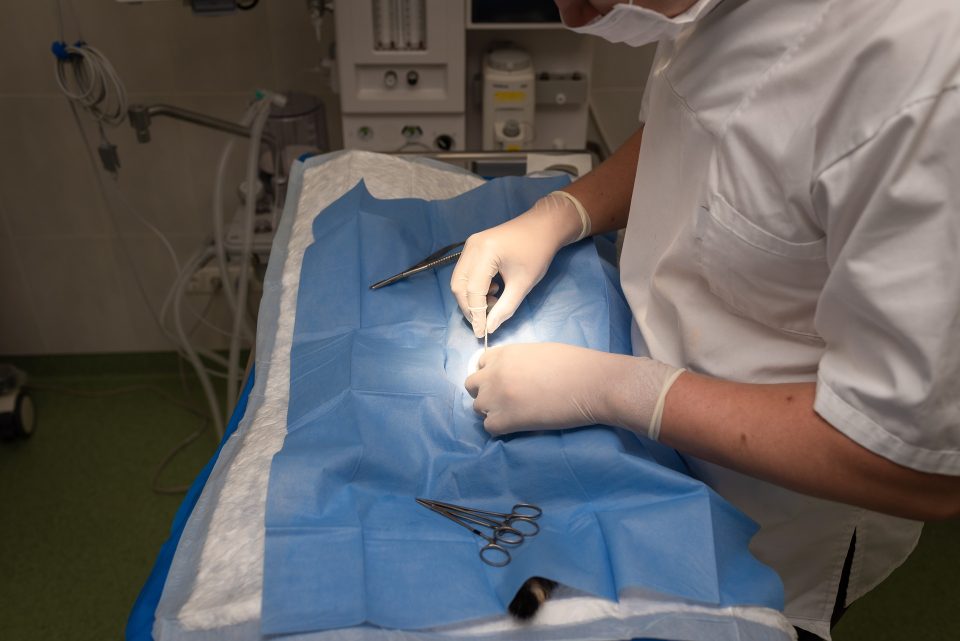Kevin Underwood, a farmer from Tippecanoe County, raises pigs, corn, soybeans and popcorn.
On average, he keeps around 100 hogs. Underwood’s veterinarian serves about 10 other farms in the area, but the animal doctor’s retirement is approaching.
If his vet isn’t available in an emergency, the next nearest doctor is nearly an hour’s drive away.
Across Indiana, many counties don’t have any large-animal veterinarians at all.
Dr. MaryBeth Fuetz and her husband own the Princeton Veterinary Hospital in Gibson County. Their general practice includes both small and large animals. They are one of five such practices in southwestern Indiana that attracts clients from Kentucky and Illinois. She says around 30 veterinary schools exist in the United States and Canada.
“Most veterinary schools have a class that is roughly 70% to 90% female, and, in general, women gravitate for the most part to small-animal work, where you can have a more predictable schedule, where you can have more predictable hours. You don’t have as much on-call time, but, as the practice has shifted to a more female demographic, we have also shifted away from large-animal work” Fuetz said.
Sam Schoeppe and her husband own a dairy farm in Dubois County. They have a veterinarian within a few minutes’ drive of their farm. She says they are lucky to have one so close.
A recent trip out west on Interstate 70 opened her eyes to how few veterinarians are available. “From St. Louis to Kansas City, you will see three billboard signs along the interstate advertising for large-animal veterinarians on the interstate,” Schoeppe said.
Schwoeppe says, at her farm, when a calf is coming there is little time to wait for vet who is three hours away. She shared video of a veterinarian trimming the hooves of some of the cows on the farm, which is a routine procedure.
But in an emergency, she said, that “when you have cows calving every day, that’s the wonderful thing about farming, you don’t know what challenge you are going to face when you wake up in the morning.”
Fuetz says the large commercial farms have veterinarians on staff. The underserved population are the families and medium-sized farms with livestock. Most large-animal veterinarians come to the farm. However, to meet demand, her practice has built a barn specifically to hold large animals delivered by farmers.
“That is probably the most common emergency that we need to go see overnight is something with a farm animal because there is really nowhere else for them to go,” Fuetz said.
In an effort to encourage recent veterinarian school graduates to become large-animal vets, the U.S. Department of Agriculture is offering limited tuition reimbursement for the former students to move to rural areas that don’t have a vet.

